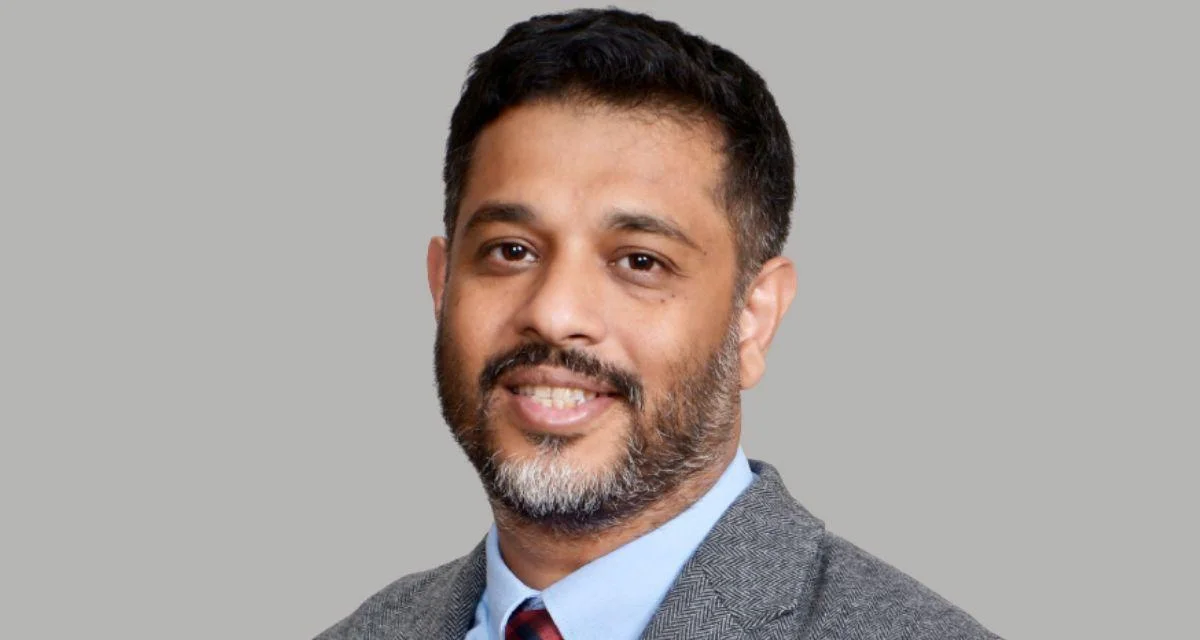
The U.S. Department of Energy (DOE) has been working to find a location for one or more federal consolidated interim storage facilities (FCISFs) for commercial spent nuclear fuel, moving away from the current practice of storing the material at over 70 nuclear reactor sites across the country. According to a recent review by Michael R. Greenberg, Henry J. Mayer, Megan Harkema, and Steven Krahn, previous attempts to site such facilities using technocratic methods with limited public participation have not been successful.
The authors highlight that there is growing pressure on the DOE to identify at least one FCISF site and emphasize that building trust with communities is critical in this process. As stated in their analysis: “We consider increasing pressure to find at least one FCISF site, as well as the critical role of trust in engaging communities and reaching agreement—leading some observers to assert that DOE is in the ‘trust building business’, not the siting business.”
The review presents several case studies. One example describes how community engagement led to better-than-expected outcomes at Fernald. Another case details a voluntary process initiated by the Office of the Nuclear Waste Negotiator that ultimately did not result in an operational consolidated interim storage facility (CISF). A third case focuses on ongoing negotiations required to keep the Waste Isolation Pilot Plant open and operational.
The authors conclude: “The essay concludes with the observation that a collaboration-based siting effort can succeed in the U.S., but that five main challenges—related to trust and requiring patience—will need to be addressed.”
These findings come amid ongoing national discussions about long-term solutions for managing spent nuclear fuel and underline both logistical and political hurdles faced by federal agencies tasked with these responsibilities.